Apple WWDC 2025: iOS 26, iPadOS 26, macOS Tahoe and all the big announcements made at the annual developer event
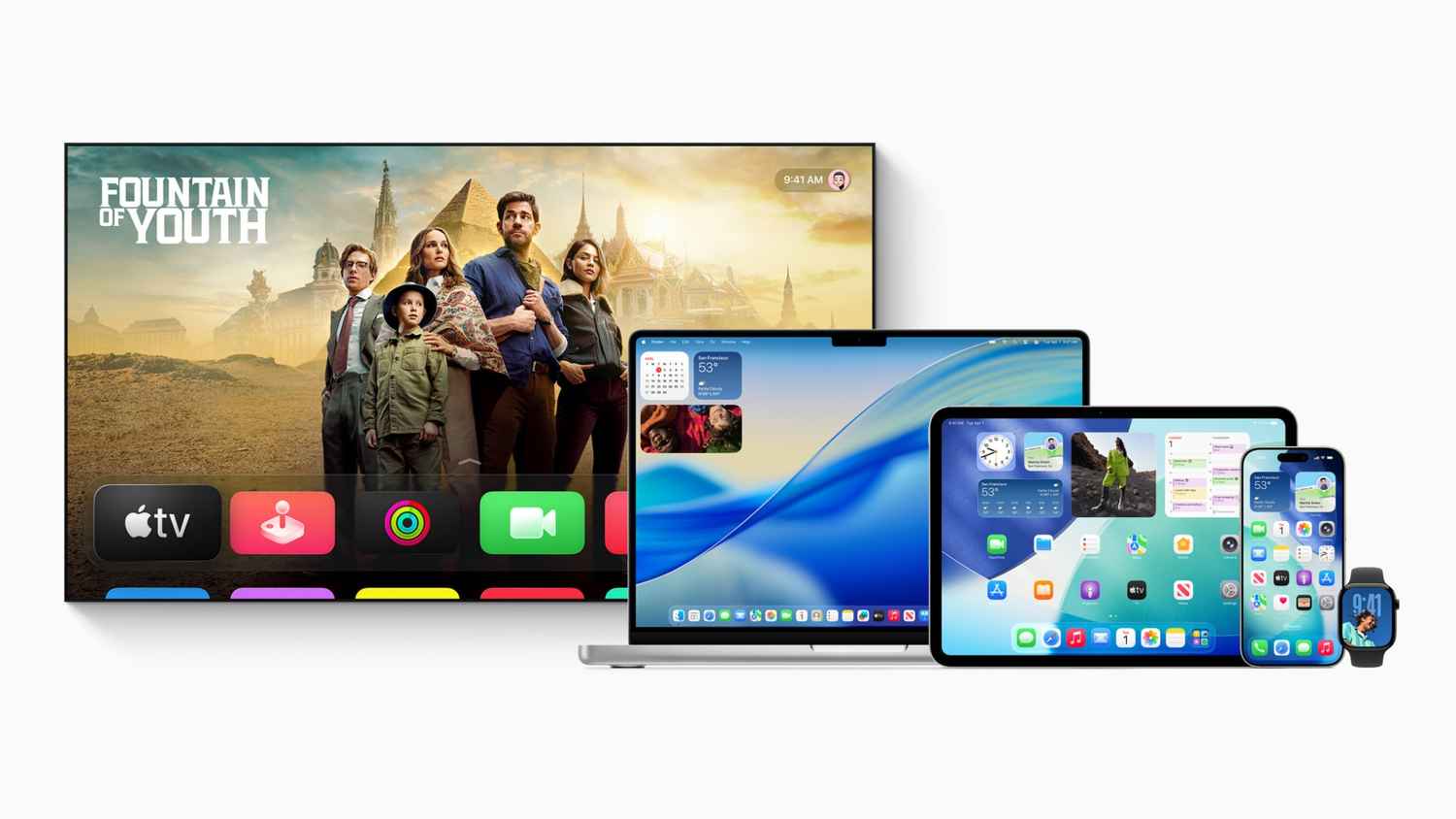
Apple’s WWDC 2025 didn’t try to reinvent the wheel, but it did finally fixed things that needed fixing. iOS 26, iPadOS 26, macOS Tahoe, watchOS 26, visionOS 26, and tvOS 26 are all here. And while most of it looks… well, like Apple always has, this year’s changes feel more practical. And that’s a good thing.
 Survey
SurveyThe most visible update is a new design language that now runs across all Apple devices called Liquid Glass. It uses a translucent, fluid-like material that reflects its surroundings and responds to movement. It’s subtle, not showy, but it does give everything a more unified and polished feel. Icons, buttons, sliders, notifications, they all look and behave a bit more alive now.
The good part is that this isn’t just surface-level. Navigation has been rethought, too. Toolbars shrink when you scroll, controls adapt to what you’re doing, and the interface gets out of your way when you’re focused on something. Apps feel less like containers and more like extensions of what you’re doing.
iOS 26: Small things that add up
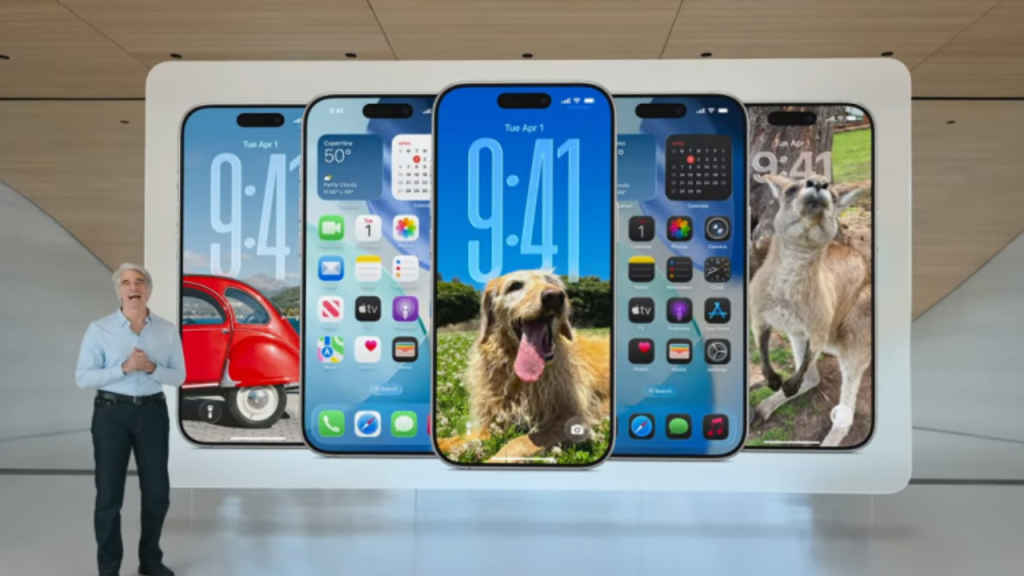
On the iPhone, there are quality-of-life improvements everywhere. The Phone app merges favourites, recents, and voicemail into one view. Call screening and hold assist let you avoid spam and wait on hold without losing your mind. Messages now separate unknown senders and let you create polls or custom backgrounds in chats. Even the lock screen adapts to your wallpaper now, so your widgets and the time fit around the subject instead of covering it up.
There’s a new level of Visual Intelligence baked in. You can highlight anything on your screen and ask ChatGPT for more info, whether it’s a product, a date, or a phrase you don’t recognise. You can also take quick actions like adding events to your calendar or translating conversations instantly, and all are processed locally on your device.
iPadOS 26: Finally, a grown-up multitasker
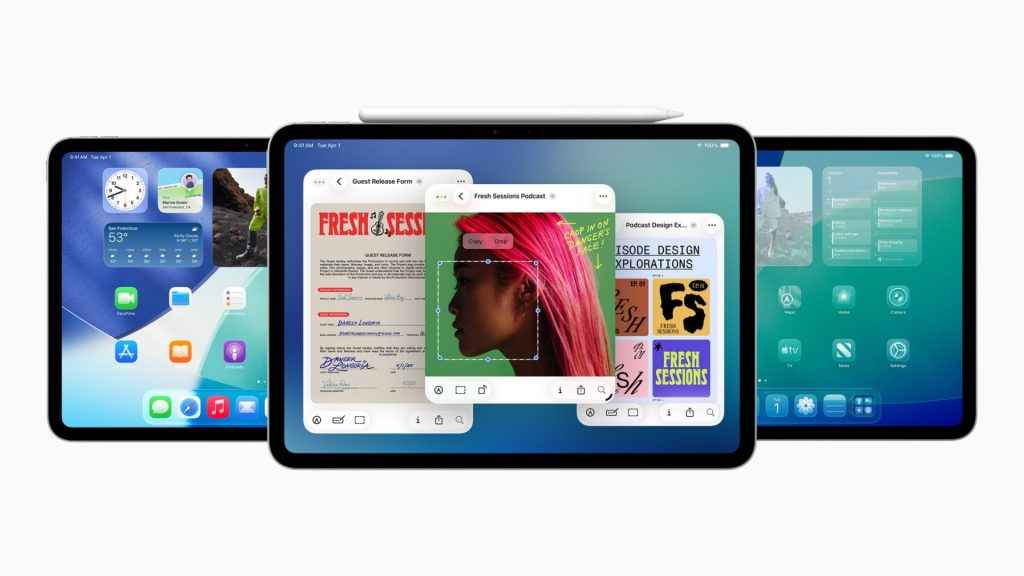
The biggest news here isn’t design, it’s the new windowing system that makes things more desktop-like. You can open multiple windows, resize them freely, and position them exactly how you want. There’s even a new Exposé view that shows everything open. The Files app now supports folder colour customisation, shortcuts to the dock, and column views with collapsible sections. It’s still iPad, still touch-first, but now, it’s finally usable for actual multitasking.
The Preview app comes to the iPad, letting you mark up PDFs or fill out forms directly with the Pencil. There’s support for background tasks, meaning heavy processing jobs can now run without keeping apps open. It’s the kind of power user upgrade that brings the iPad closer to being a real laptop replacement.
macOS 26 Tahoe: Not a redesign, a refinement
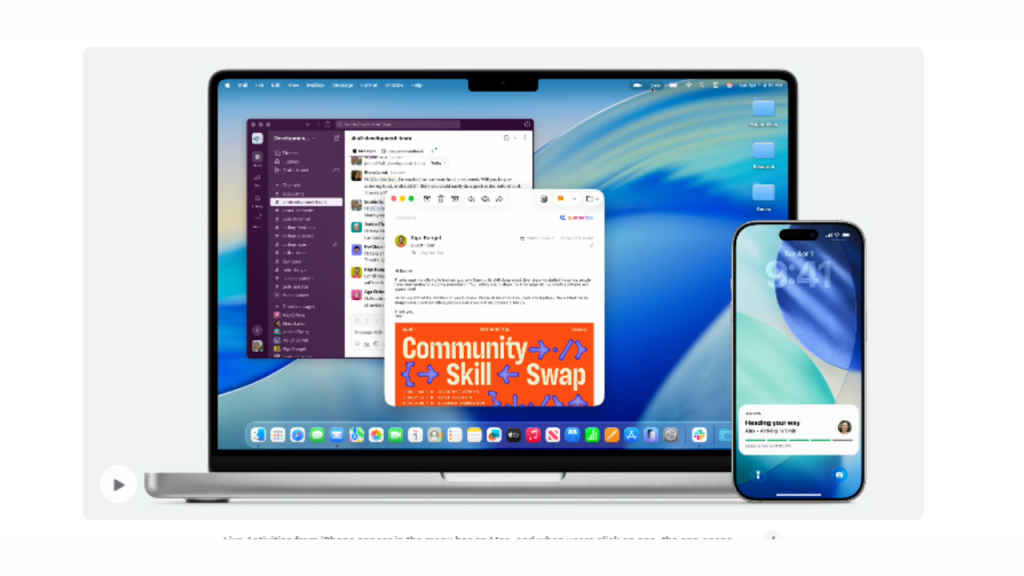
Mac users get the prettiest version of this Liquid Glass design, and it looks cleaner, lighter, and more responsive. The menu bar is now fully transparent. You can customise folders with colours, icons, emojis, and app icons adapt to light or dark mode. The Dock looks cleaner. The Control Centre is more flexible. And with the same design language trickling in from other devices, everything looks far more coherent.
Spotlight gets the biggest bump. It can now take direct actions, like sending an email, creating a note, or launching an app, without needing to open anything. It also ranks search results better and gives you “quick keys” so you can act fast. You’ll actually want to use Spotlight now, not just as a search tool, but as a launcher, and it finally earns its place on your keyboard.
The Mac also benefits from tighter integration with your iPhone. You’ll see more iPhone continuity, real-time updates like flight info or ride tracking straight on your Mac’s menu bar. And you can now make and receive phone calls directly, complete with screening and hold assistance.
If you game on Mac, Metal 4 adds smoother graphics and better ray tracing, while a new Apple Games app gives you a place to manage titles, access Arcade, and track friends.
watchOS 26: More awareness, less friction
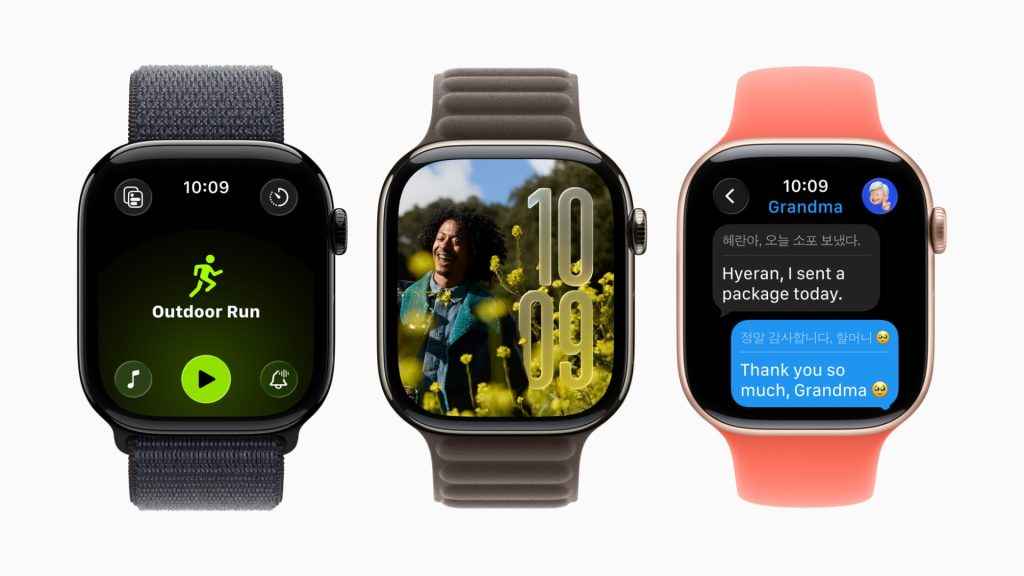
On the Watch, the new Liquid Glass look matches everything else. The interface feels smoother, with more context-aware widgets and hints. There’s a new workout companion called Workout Buddy that gives spoken feedback based on your fitness history. It tracks progress, offers encouragement, and wraps things up at the end like a personalised coach. It speaks with a voice trained on actual Fitness+ coaches, which is a nice touch.
New gestures, like a wrist flick, let you dismiss notifications without touching the screen. Useful when your hands are full, or you just want to keep moving.
visionOS 26: Less isolation, more presence
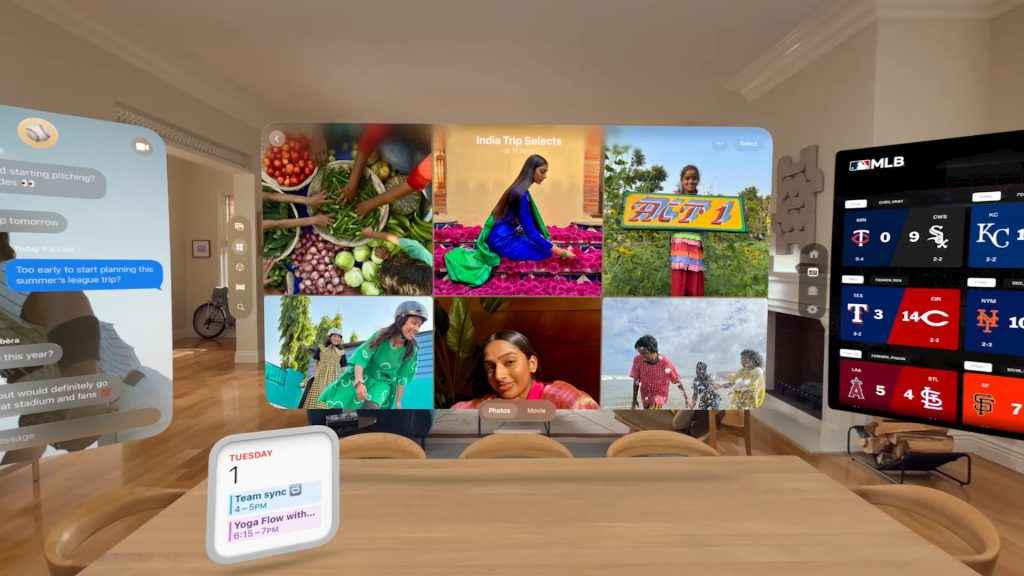
visionOS continues to exist in this weird “sci-fi-but-not-quite-mainstream” space. But updates here are mostly about making it feel less isolating. The headset platform gets widget updates, which become spatial and stay where you placed them in your room. Spatial scenes use generative AI to make your 2D photos feel layered and immersive. Shared experiences let you watch or play with others in the same room. And there’s support for external controllers like PlayStation VR2 and immersive video formats, which alone could give Apple’s spatial platform its first real gaming boost.
The Apple Vision Pro is still a niche device, but the software is slowly catching up to the hardware.
Apple Intelligence Updates
Apple also rolled out more system-level intelligence: live translation baked into Messages, FaceTime, and Phone calls, emoji generation from descriptions, visual understanding, smart suggestions, and shortcut automation. Most of it works on-device and offline, which is the part that matters most. You’re not trading convenience for privacy here. And now, with the Foundation Models Framework, developers can plug these AI tools directly into third-party apps, even without sending anything to the cloud.
And yeah, other stuff got better too. Safari is snappier and faster than Chrome (Apple says so, at least), AirPods can start video recordings with a tap, and the Games app gives players a central hub for tracking and managing everything. The calculator app now supports 3D graphing, and the Journal app is now everywhere. The tvOS 26 now lets you use your iPhone as a karaoke mic using the Sing mode. Accessibility features get a serious upgrade across all platforms, from Braille access to audio enhancements and improved on-screen reading.
So… was it a big deal?
This wasn’t a fireworks show. There’s nothing here that’s going to dominate headlines. It was Apple picking up the to-do list it’s been ignoring and quietly checking things off. But when you actually start using these updates, it’s obvious: this year’s focus was usability. Making things smoother. Smarter. Less annoying. And that might be the most meaningful upgrade Apple’s done in a while.
Also Read: AirPods to get studio-quality recording and Camera Control with upcoming update
Siddharth Chauhan
Siddharth reports on gadgets, technology and you will occasionally find him testing the latest smartphones at Digit. However, his love affair with tech and futurism extends way beyond, at the intersection of technology and culture. View Full Profile